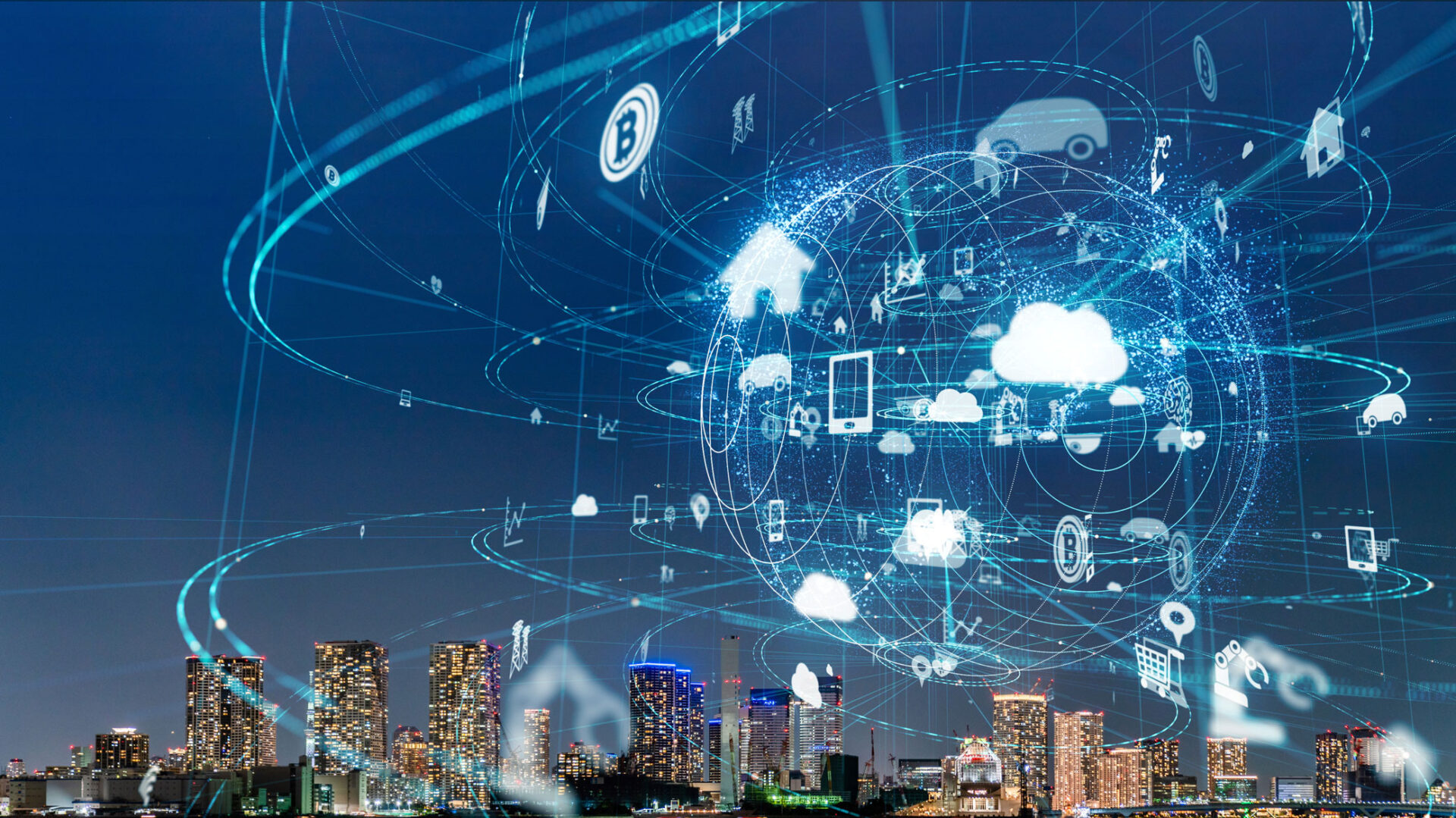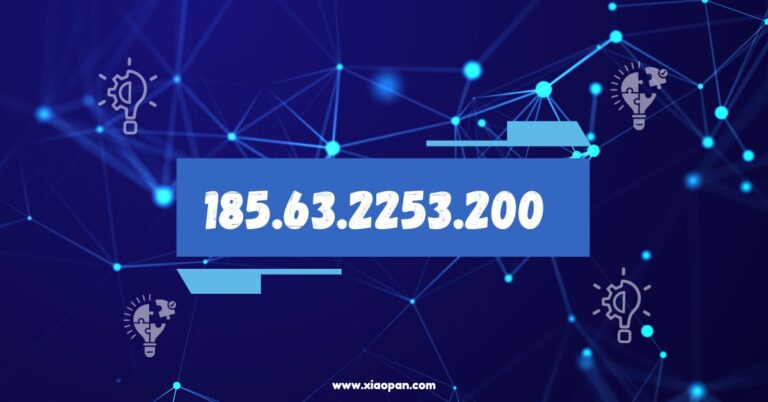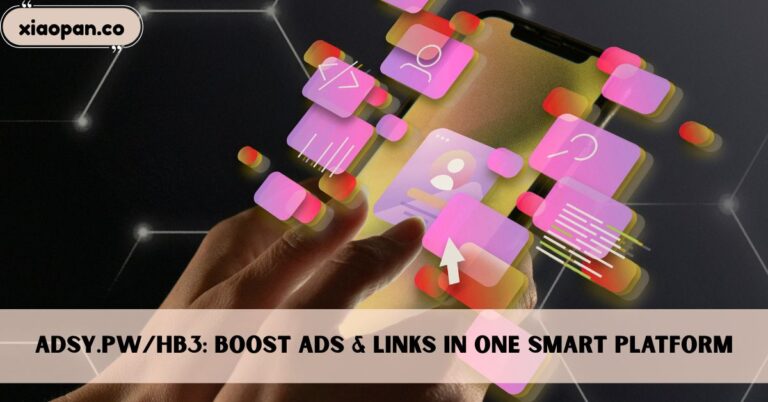AI and IoT in Power Distribution: Reality Check for Smart Grids
The potential for transformation is nothing short of revolutionary if you believe the hype around smart grid technologies. Power utilities and other Power distributors around the world are spending billions on IoT Artificial Intelligence solutions and expecting to see significant efficiency improvements, and have become the most reliable. But the marketing buzz surrounds a complicated reality that deserves a closer look.
This paper investigates the possibilities and limits of AI and IoT in power distribution systems, and is aiming at a theoretical and practical overview. We will review actual applications in the field, dissect common hurdles and share actionable intelligence for power distribution professionals leading the field in this technology transformation.
The Promise of AI and IoT in Power Distribution
Smart grids are an integration of the conventional grid with cutting-edge digital technologies. There is an overwhelming body of evidence in the trade press to support the theoretical advantages.
Real-Time Monitoring and Control Capabilities
Sensors scattered across power grids and the IoT give an unprecedented view of grid operations. These gizmos track everything from the temperature of power transformers to the intensity of voltage fluctuations, comprising a digital central nervous system of the electrical grid.
Today’s IoT technologies make it possible to detect anomalies in the network in minutes compared to hours. Sophisticated sensors can detect equipment deterioration months in advance of when conventional inspection would detect trouble.
Data-Driven Insights and Predictive Maintenance
AI models process data from millions of IoT devices to forecast when equipment will fail and when it should be serviced. The learning from historical performance data, weather trends, and load forecasts creates actionable recommendations.
Industry studies suggest AI-enabled predictive maintenance programs can decrease unplanned outages by as much as 35%. These systems are used to determine the best time to replace hardware and keep costs down and services available.
Optimization of Grid Operations
AI is used to dynamically adjust the supply and demand balance in smart grids. Algorithms coordinate distributed energy resources, associate renewable resources, and control power flow in complex networks.
IoT offerings also provide automated demand response programs, which reduce energy usage in response to changes in pressure on the grid through real-time readings. Such capabilities will add further value as renewable energy deployment rates rise and grid stability issues continue to rise.
The Reality: Challenges and Limitations
Although they have tremendous potential, AI and IoT deployment in power distribution encounters many challenges, the majority of which are not highlighted in sales-focused material.
Cybersecurity Risks and Data Protection Concerns
Connected devices open up new attack vectors for attackers [ looking at ] critical infrastructure. Each IoT sensor is potentially an avenue into the power grid control systems.”
Recent cyberattacks illustrate the susceptibility of digitized power networks. The 2015 Ukraine power grid and the 2021 Colonial Pipeline ransomware breach both represent the damaging impact of poor security.
Distributed Power PCCs must implement strong cybersecurity, including advanced threat detection, secure communication and robust incident response plans. Such demands complicate and make expensive the introduction of smart grid.
Security experts are increasingly employing specialized monitoring tools to track security threats on various platforms. Some companies use a Twitter Viewer to monitor real-time security conversations and threat intelligence open-sourced by cybersecurity professionals on social media networks.
Integration Complexities with Legacy Systems
Conventional electrical systems have been unsuitable forthe large-scale deployment of modern IoT devices. Legacy control systems may need to be updated or replaced to communicate with new technologies.
Network bandwidth is a commonly pushed constraint in IoT implementations. Most substations don’t have the necessary communication network to handle hundreds of sensors with continuous streams of data.
Data incompatibilities, as displayed in ANSI/Wikipedia protocols between older systems and newer IoT systems leads to integration issues. Utilities either have to purchase middleware or custom code to integrate these technology islands.
Scalability Issues with Increasing Device Connectivity
Thousands of IoT devices spread across wide-ranging distribution networks are perhaps the new and unique operational challenge. Run the same logic as for the other running applications, just at a scale: device configuration, updating software, and troubleshooting become exponentially harder at scale.
System performance can be deteriorated due to network congestion with growing number of IoT devices. Utilities need to strategically design the communication infrastructure in order to avoid traffic congestion leading to data bottlenecks which may result in compromised grid reliability.
The battery lifetime and maintenance of remote IoT sensors represent continuous operational challenges. Servicing hundreds of devices per year, spread over numerous disparate locations, is an expensive proposition.
Case Studies: Success Stories and Failures
Real-world implementations provide valuable insights into both the potential and pitfalls of smart grid technologies.
Successful Implementations
The smart grid implementation at Consolidated Edison (Con Edison) and its collaboration with Siemens is a good example. It makes use of AMI and Gridscale X platforms to analyze electric metered data almost in real time.
This approach results in quicker service outage detection and response times. The solution also offers important safety warnings, such as horns/smoke and natural gas detection to improve public safety.
Enel Benefit Enel is effectively utilizing IoT devices and AI algorithms to track the temperature of transformers and forecast end-of-life of the equipment. They proactively find the service issues before they affect the customer.
These install-tions can be expected to result in noticeable gains in systemavailability and operational efficiency. Both companies are experiencing large decreases in unexpected outages and repair expenses.
Lessons from Failed Projects
Some of the most high-profile smart grid projects are struggling, and their struggles include valuable lessons for the industry.
A lack of connectivity is the primary barrier to a variety of IoT engagements. Projects that had underestimated bandwidth requirements or failed to appreciate the constraints of network reliability suffered costly delays and impaired performance.
Some serious cybersecurity vulnerabilities were found after the gates were deployed, requiring costly redesign of the systems. Projects that attempted to bolt security on, after completion, took significant hits.
Poor staffing on new technology has led to poor project results. Those utilities that were not proactive in developing their workforce found it hard to achieve the value that they anticipated out of technology.
Future Trends and Opportunities
The smart grid landscape continues evolving with emerging technologies offering new possibilities for power distribution optimization.
Emerging Technologies and Innovations
The edge-computing feature is reducing the latency of your IoT app by making data processing near the edge where it gets collected. This development delivers faster response times for critical grid functions.
There is more communication possibility for IoT devices in 5G network technology in the power distribution systems. Advanced surveillance and control applications with increased bandwidth and reduced latency can be facilitated.
Powerful AI algorithms, such as deep learning and neural networks bring higher predictive analytics accuracy. These solutions are contributing to more accurate prediction of equipment failure and optimization of the grid.”
Digital twin-based software simulates and optimizes physical grid assets in real time. Utilities can try out new operational scenarios without betting the farm.
Potential for Further Advancements
Blockchain technology may increase security and improve the confidence in data using in IoT. For device communications and transactions, tamper-proof records could be provided by distributed ledger systems.
Quantum computing has the potential to transform complex optimization challenges in the context of power distribution. Customized algorithms could achieve the largest efficiency gains ever realized on grid operation.
AI-based autonomous solutions may limit human involvement in day-to-day operations. Autonomous grids can isolate faults and redirect power without human).
Balancing Innovation with Practical Implementation
AI and IoT in power distribution systems bring true positive potential, but managing success requires having a clear vision and realistic planning.
Smart grid applications can also yield tangible value when deployed sensibly, with appropriate planning and investment. Enterprises such as Siemens, ABB, Schneider Electric, and GE are further pushing the frontiers through “whole package” products that work on every facet of the technical and operational problems.
Yet the road to a successful real estate technology implementation requires a high level of investment in cybersecurity, continuing education for staff and infrastructure improvements. For organizations, they must reconcile the possibilities offered by innovation with practical requirements such as budgetary restrictions, regulations and the requirements of the business in terms of operational reliability.
One option for utility professionals responsible for distribution is to follow a well-planned strategy based on a set of defined goals, including goals for improving reliability and electric system performance. The best deployments are built from the latest technology using battle-tested engineering practices and strong operational procedures.
A digitally-enabled and automated power distribution is the future of power distribution. Success is predicated on learning from both successes and failures, but also keeping one’s eye on the core mission of delivering reliable electricity to the customers.







